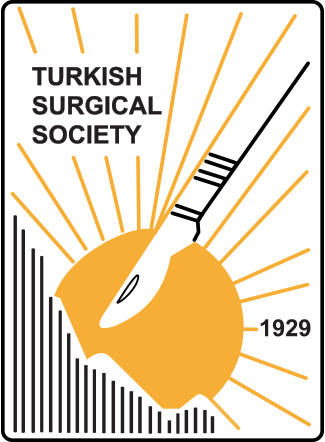Abstract
Purpose: The study evaluated the frequency of internet utilization among the patients and their relatives who were treated in a clinic. Materials and Method: 700 patients and 700 of their relatives were asked to complete a questionnaire regarding their internet utilization and sociodemographic features. Results: There were 673 (%48) males and 727 (%52) females, aged between 16-75 years (median, 52). There were 657 (%46.9) literate patients and their relatives, who had minimum high school degrees and 743 ( %53.1) who had lower education degrees. There were 504 (%36) patients and relatives with internet access at home and 418 (%29) of them used internet in their daily lives. It was found out that 385 (27.5) of them who have high education degrees and 33 (%2.3) of them who have lower education degrees used internet in their daily lives. When the frequency of internet usage about their illnesses was assessed, it was found that 234 (%16.7) of them searched knowledge on internet,but only 109 (%7.7) of them could find adequate Turkish resources.65 (%4.6) of them knew specific health sites on the web. Conclusion: Patients and their relatives attending to the study had a significantly low internet utilization. It is essential that health facilities should familiarize themselves with these resources and should attempt to provide relevant, clear and up-to-date information that patients could readily identify and access.



